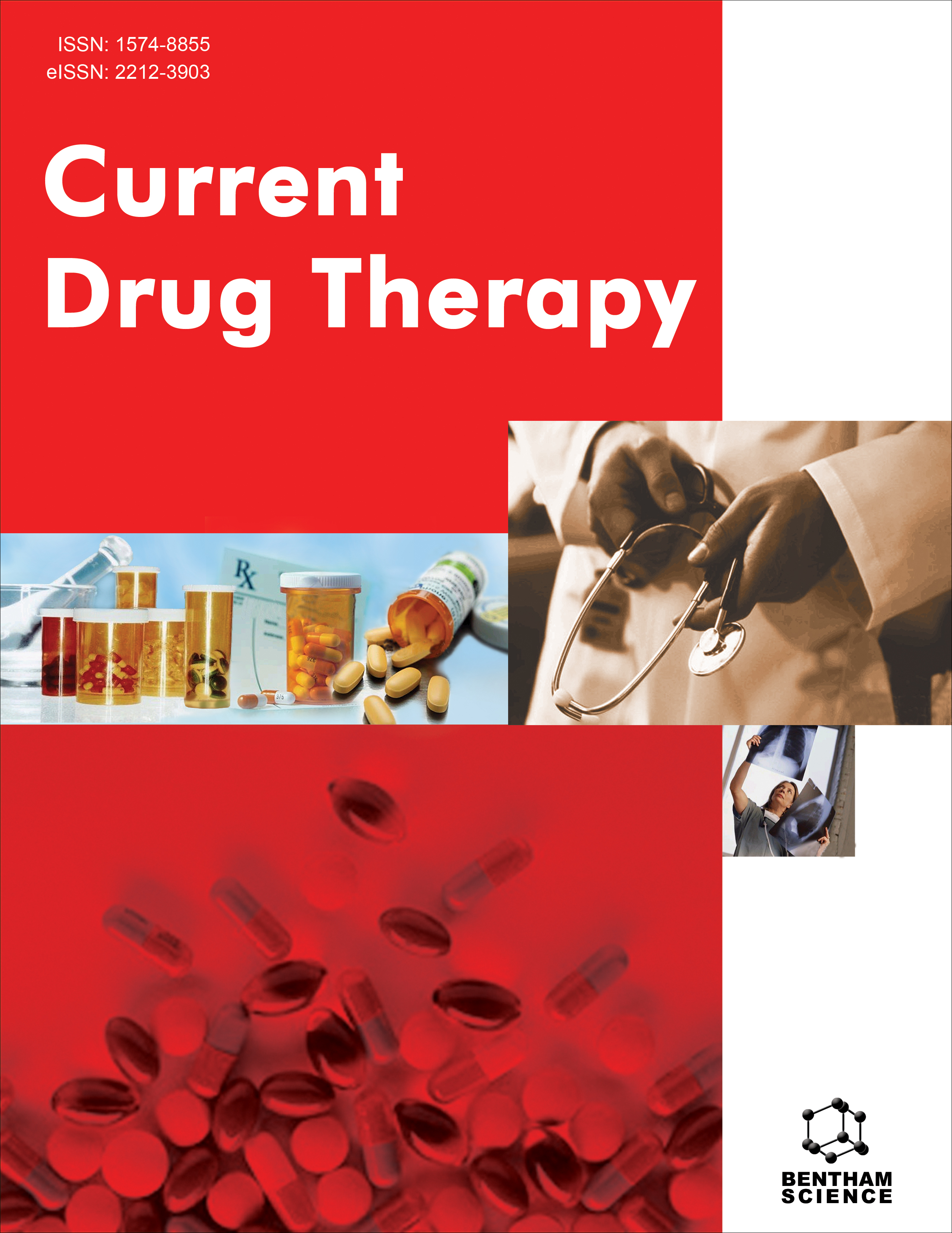
Full text loading...
We use cookies to track usage and preferences.I Understand

A condition associated with neurodegeneration is termed Alzheimer's, characterized by mental as well as memory deterioration. Amyloid beta (Aβ) is a type of peptide that accumulates within the central nervous system and causes plaque, cerebral amyloid angiopathy (CAA), and neurodegeneration (loss of acetylcholine). These peptide forms have a major impact on neuronal damage.
Our goal is to provide an overview of Aβ's potential involvement in developing Alzheimer's condition.
An extensive literature review was done using the standard keywords “amyloid beta”, “amyloid beta precursor protein”, “secretase”, and “Alzheimer’s disease” from the databases SCOPUS, PubMed, Elsevier, and Web of Science.
Amyloid-β precursor protein (AβPP) is converted to Aβ through a series of divisions by β and γ secretases, which are found in lipid rafts. The control of these elements is believed to have a significant role in Aβ production throughout the aetiology of Alzheimer's disease (AD). In conclusion, research on Aβ aggregation and clearance has been active in preventing and curing Alzheimer's disorders. Thus, the purpose of this article was to describe the pharmacological function of Aβ peptide plus its process of aggregation.

Article metrics loading...

Full text loading...
References


Data & Media loading...